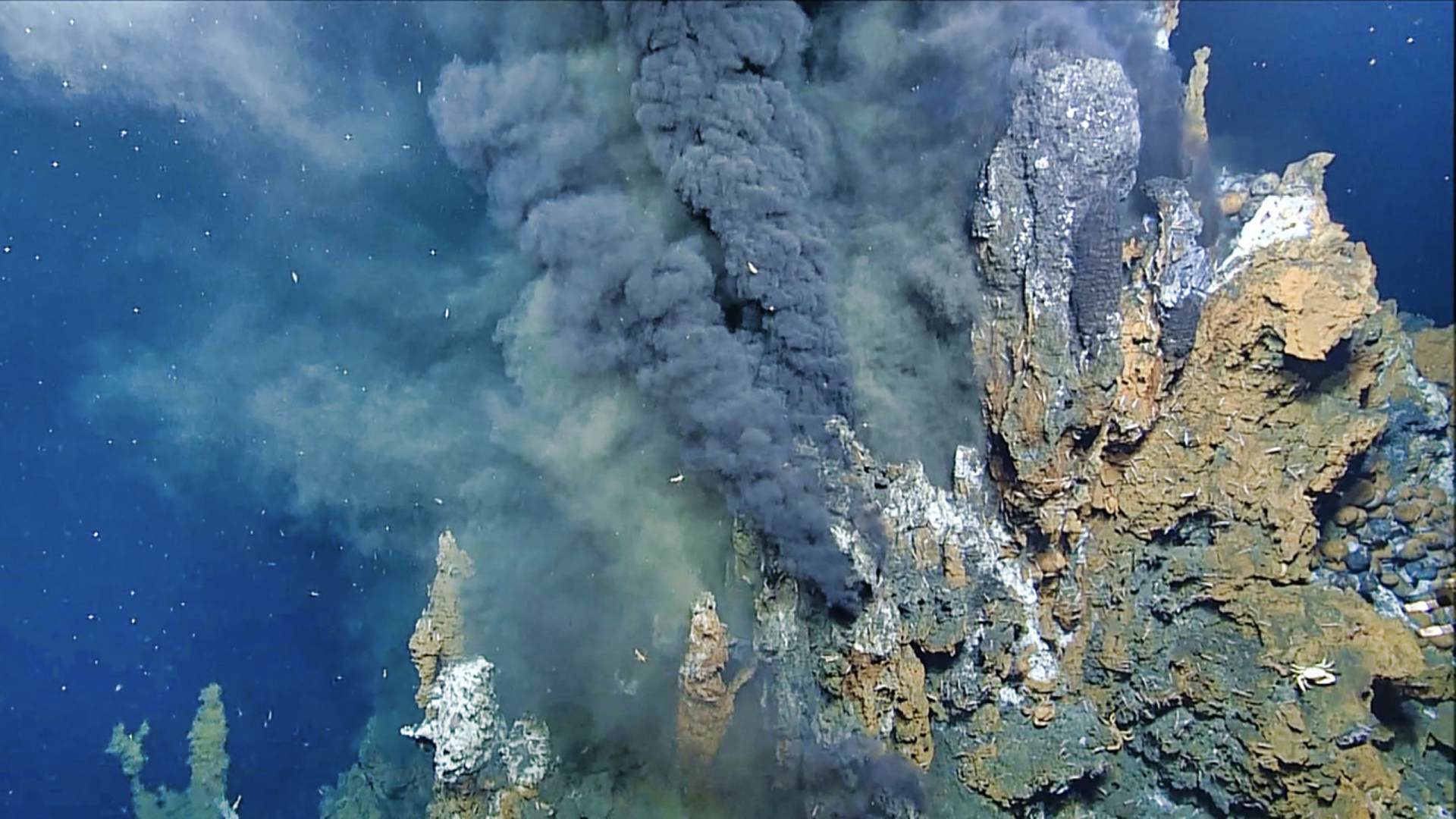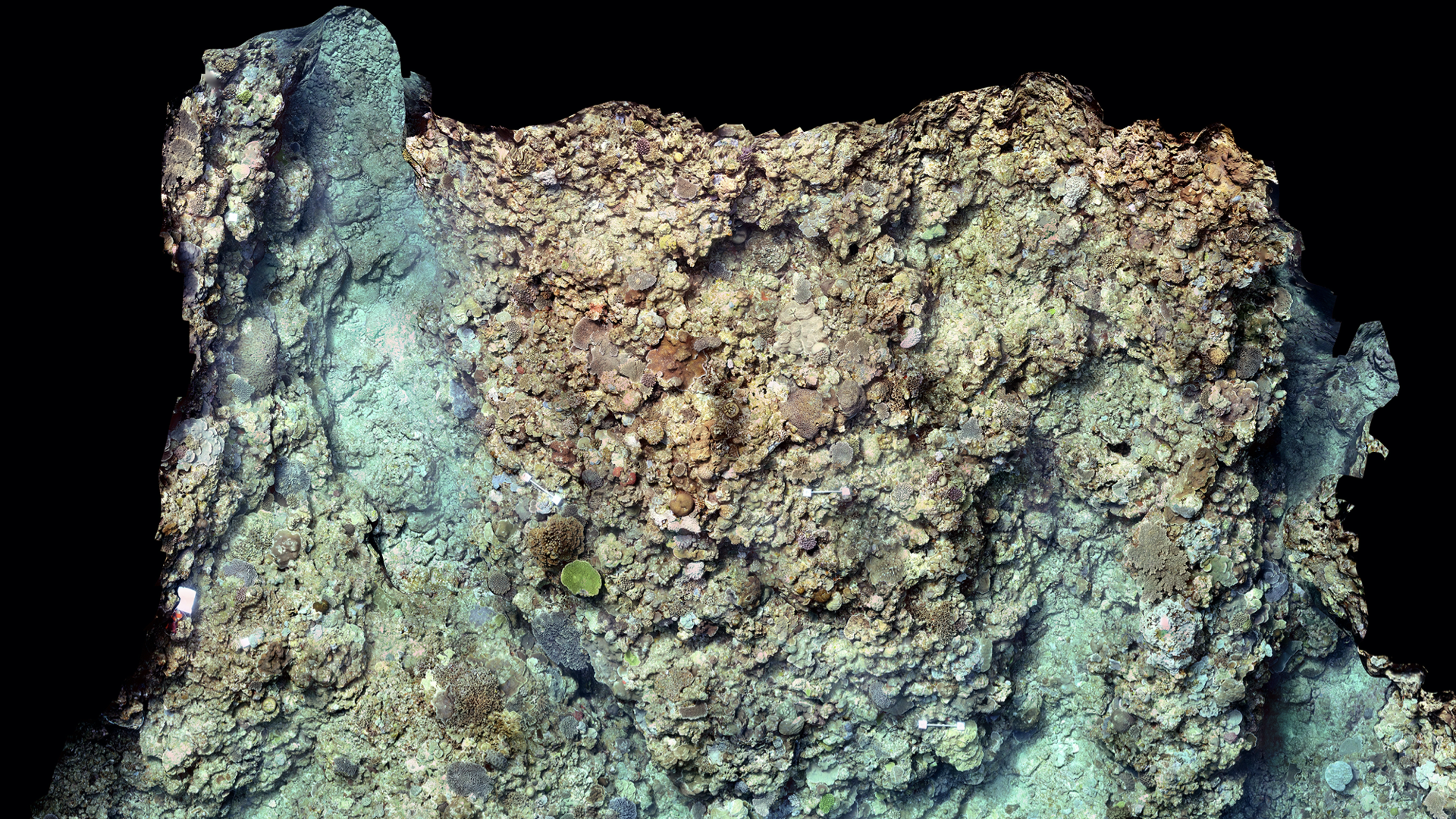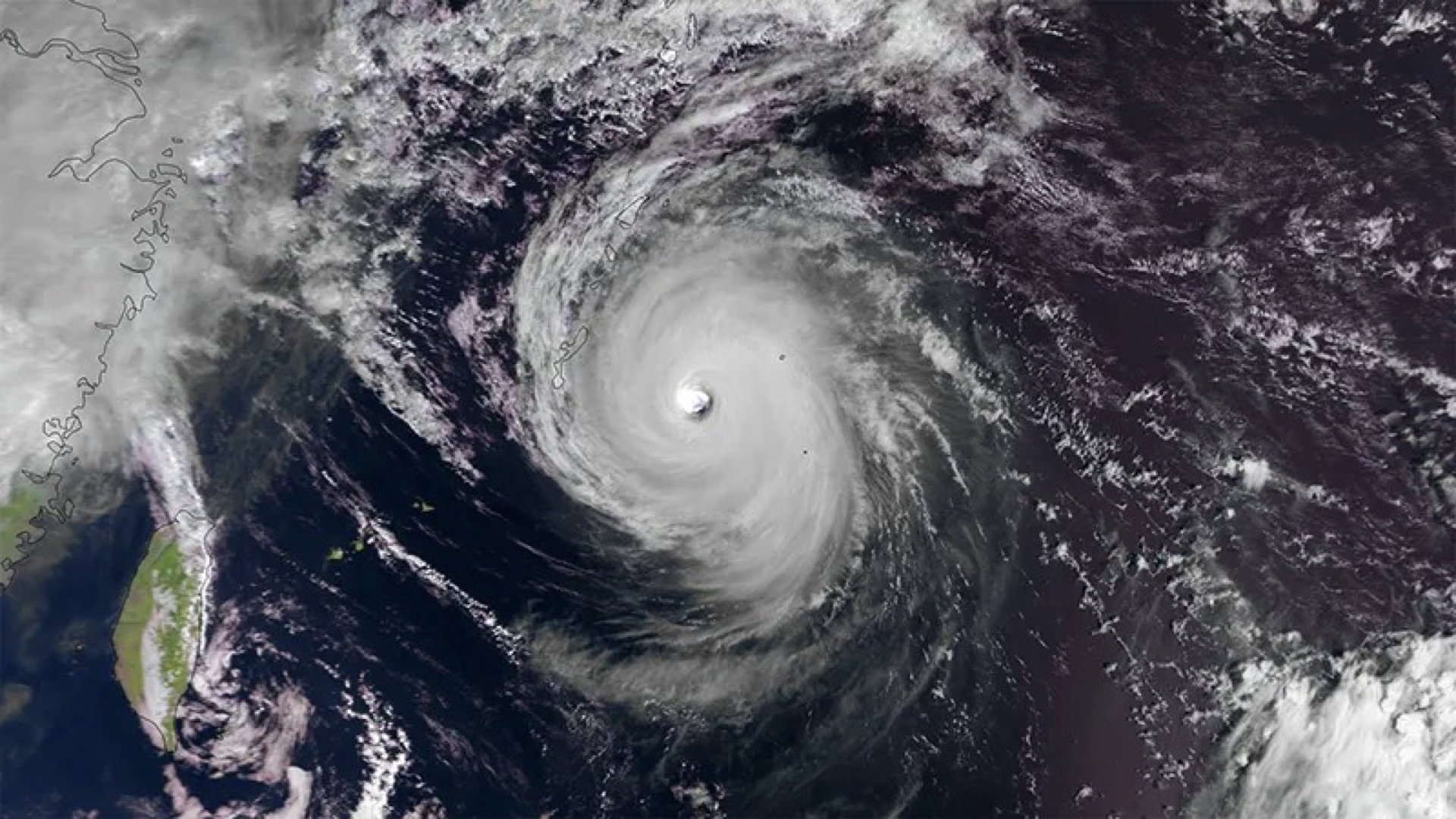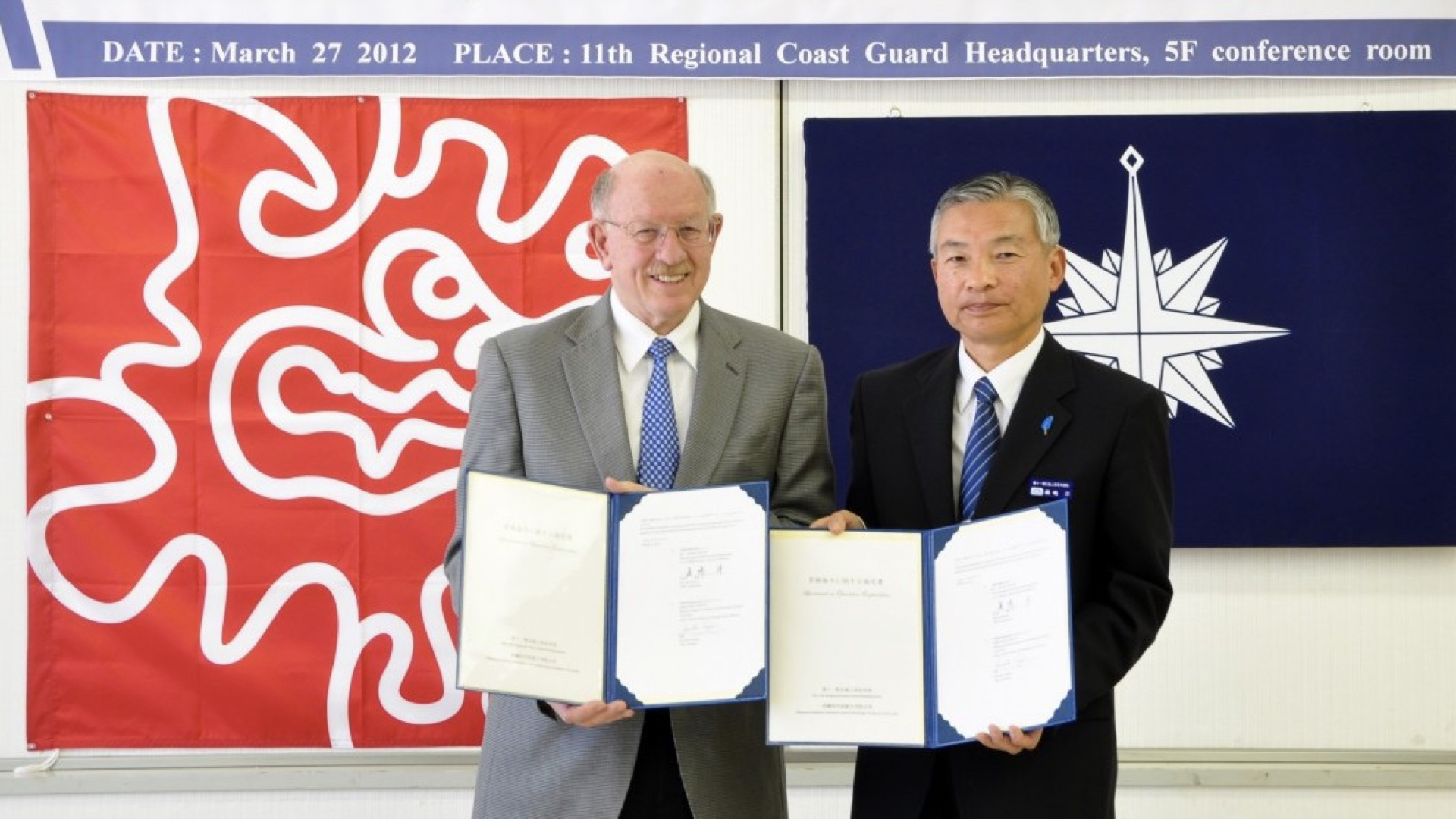Research
Ongoing Research
Larval Dispersal and Marine Population Connectivity
Quantification of stochastic larval connectivity among marine populations is essential to understand global and long-term changes of marine ecosystems (Siegel et al., 2008). Our primary approach is to quantify potential dispersal of marine species in order to learn how far larvae can be transported by oceanic currents and eddies (Mitarai et al., 2009; Mitarai et al., 2016). We also test dispersal predictions with recruitment and population genetic data that define the biogeographic characteristics of selected marine species (Selkoe et al., 2010). By quantifying dispersal patterns, we seek to contribute to marine conservation planning (Mullineaux et al., 2018; Levin et al., 2020).
Oceanographic Processes of Coral Reefs
Changing physical oceanographic environment, influenced by powerful disturbances and climatic forcings, can cause rapid shifts in marine community structures (Grossmann et al., 2015; Ares at al., 2020). We study physical dynamics of coastal processes that encompasses both wave-driven littoral currents (rip currents) and wind-driven continental shelf currents, including submesoscale eddies, and biological responses of coral reef species to physical oceanographic processes (Rintoul at al., 2022). In order to better understand effects of flows on biology (causality), we also combine ocean observations and flume experiments with living organisms (Ishikawa et al., 2022). This research is a prerequisite to addressing many important research questions regarding biogeochemical and marine ecological processes.
Ocean-Atmosphere Interactions in Typhoons
Ocean-atmosphere interactions in tropical cyclones remain a central research topic in oceanography and related disciplines. We deploy ocean-observing platforms with a suite of sensors, in order to understand key atmospheric, oceanic, and biological processes, even under extreme weather conditions, including cores of typhoons (Mitarai and McWilliams, 2016). This research is a prerequisite to addressing further ocean-atmosphere interactions, such as damping of ocean waves by surface films, better predictions of typhoon intensification, and ocean-based carbon dioxide removal (biological pump).
In the fall of 2021, the MBU entered a joint research agreement with Nippon Telegraph and Telephone Corporation (commonly known as NTT) to enable real-time monitoring of ocean-atmosphere interactions in fully developed typhoons. We also utilize obtained typhoon observation data to formulate better predictions of typhoon intensification.
Research Applications
Cooperation with the Japan Coast Guard
As an application of developed research tools, the MBU has been contributing to i) improvement of drift prediction accuracy, and ii) increased sophistication of ocean tide models and ocean current simulations in the sea around Okinawa, through a cooperative agreement with the 11th Regional Coast Guard Headquarters, since March 2012. Ten years of successful cooperation resulted in a commendation from the Commandant of the Japan Coast Guard in 2022. Cooperation with the Japan Coast Guard will be accelerated in the coming decade.
OIST was recently awarded a Center of Innovation grant by the Japan Science and Technology Agency. As one of the proposed projects of the Center of Innovation program, the MBU will develop an ocean monitoring framework around Okinawa, in collaboration with the Naha Coast Guard Office, which will provide its resources, including patrol vessels, helicopters, airplanes, and divers for the project, when possible. This new cooperative agreement will greatly enhance in situ observations for ongoing and future MBU research projects, while promoting marine-leisure safety around Okinawa, e.g., by providing rip current predictions.







